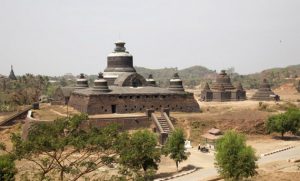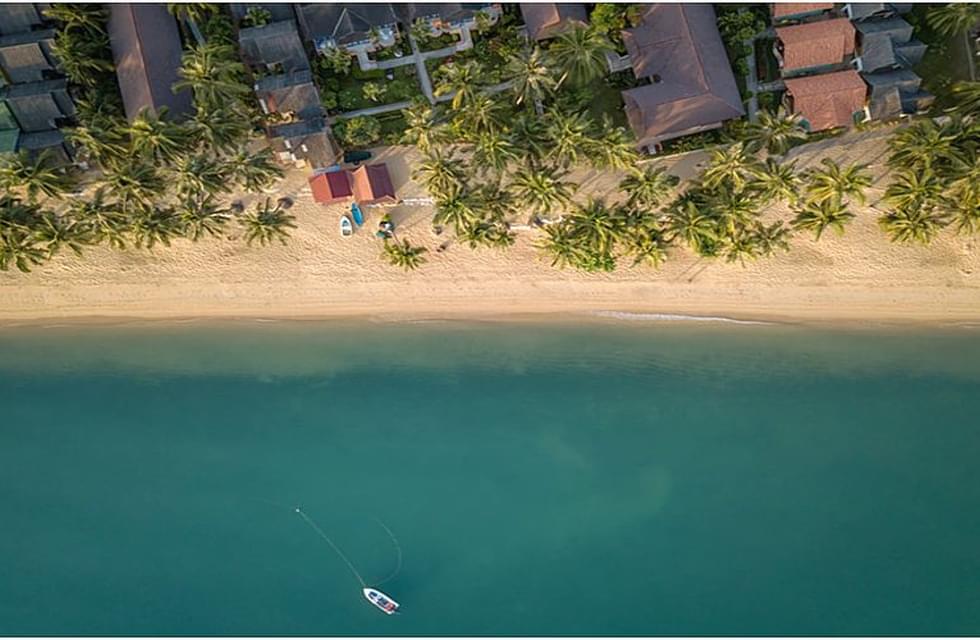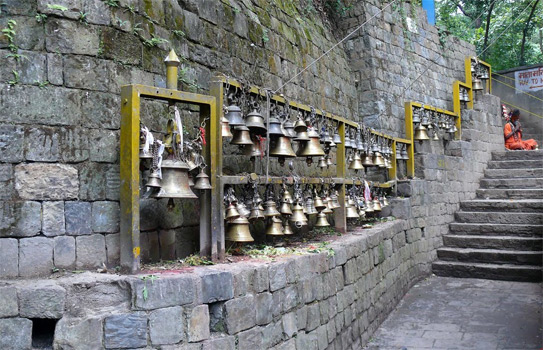Myanmar’s most interesting and unusual places
 We have identified the most interesting and unusual places in Myanmar. This country is one of the most powerful centers of Buddhist culture in all of Asia, for which it is often called the “Land of the Golden Pagodas” (there are more than 2.5 thousand here).
We have identified the most interesting and unusual places in Myanmar. This country is one of the most powerful centers of Buddhist culture in all of Asia, for which it is often called the “Land of the Golden Pagodas” (there are more than 2.5 thousand here).
In addition to numerous, sometimes unique churches, there are in Myanmar other no less interesting sights, some of which will be discussed in our article.
Caittiyo Pagoda is a Buddhist shrine located in the state of Mon, Myanmar. The height of the pagoda is 5.5 meters. It is located on the top of a granite stone, held on a ledge of rock by unknown forces. Another name – Golden Stone – the shrine received because of its coating with gold leaf.
According to the legends of local residents, the stone was placed on a rock by two Burmese perfumes (natami) about 2500 years ago.
It is believed that under the swaying stone, you can pull the rope, and not to break down it helps the hair of the Buddha, immured in a pagoda. The road to the Chaiettio Pagoda is tiring, so tourists rent small trucks at the foot of the mountain. By the way, women are forbidden to be in the immediate vicinity of the stone, especially to touch it.
Mount Popa is an extinct volcano in Burma, about 1,518 meters high. The last eruption occurred here in 442 BC. e. Mount Popa is one of the best viewing platforms in Burma: from here you can see the old city of Pagan and the canyon with a depth of 914 meters.
Also, Mount Popa is considered the sanctuary of the spirits in Burma, so on top of Mount Popa there is a Buddhist monastery. Every year, during the celebration of the full moon in May-June and in November-December, hundreds of pilgrims climb the mountain.
The U-Bein Bridge, 1.2 km long, is considered the largest wooden bridge in the world. It connects the shores of a rather shallow lake and through it you can reach the ancient Burmese capital – Amarapura, from which only ruins now remain.
The bridge was built in 1784 using the columns of the old palace when transferring the capital to Mandalay.
Tourists at U-Bein Bridge are best visited at sunset – at this time of day you can take interesting photos here.
Inle freshwater lake is located in the state of Shan. Translated from the Burmese language “inle” means “small.” However, it is difficult to call it small – 22 km long and 10 wide. The depth of this lake is small – only 3 meters in the dry season and 5 meters in the rainy.
Around the lake Inle are settlements of various peoples. Numerous houses, even streets with gardens, market and other infrastructure, built right on the water.
Mrauk-U is an ancient city in Burma, built in 1431 by order of King Minnsomon. In the 16th century, about 120 thousand people lived here, the city was the largest outlet in the country.
Today Mrauk-U has turned into an ordinary village, noticeably inferior in size to Bagan. But despite this, Mrauk-U remains an interesting place for tourists to visit, where the most ancient pagodas are located, including the Shittown temple (Victory Temple or the temple of 80 thousand statues), Koe Town Temple (the temple of 90 thousand statues) and Dukhantein Temple ( ordination temple).
Entry to the city is paid, and you can get to Mrauk-U only by boat. Government ferries to Mrauk-U run from the town of Sittwe four times a week.
Bagan is the oldest city in Burma, a large temple complex and a place of annual pilgrimages. The city was built in the period from 1000 to 1200 AD on the east bank of the Irrawaddy River (Ayerwady). Initially, it was called Arimaddan, which means “the city that plunges enemies”.
Religious complex Bagan is composed of 2,200 temples and pagodas, covers an area of 26 square kilometers.
The temples were built over a long period of time, which is why their architecture varies considerably.
The most famous temples include Dhammayangyi, Shwesandaw, Mahabodhi, Amnada, Chve Zi Hon and Thatbynnyu – the largest temple with a height of about 61 meters.




